Whether you’re looking to maintain a healthy lifestyle or watching your calorie intake, understanding the calorie content of different fruits can be helpful in making informed choices. In this comprehensive guide, we’ll showcase the best low-calorie fruits that you can enjoy guilt-free, along with highlighting some high-calorie fruits that are worth knowing about.

For years we have been advised to “eat our fruits and veggies”, and this is good advice to be sure.
But despite their nutritional benefits, fruits can be pretty high in both sugar and calories.
I’m putting on my nutritionist hat for a sec to take a look at some of the world’s favorite fruits, and examine which are the lowest calorie, which have the lowest sugar content, and a few other nutrition metrics to know about.
We won’t include every fruit you can find, but certainly most of the popular ones. We also left out those fruits that are eaten like vegetables like tomatoes and zucchinis (to name a few).
Fruity Trivia!
Are grapefruits keto friendly? (the answer is at the end of this post!)
Low Calorie Fruits
While there are hundreds of varieties of fruits out there, here are a few common fruits that are low in calories you’ll find in your local supermarket.
Watermelon – 8 calories per oz
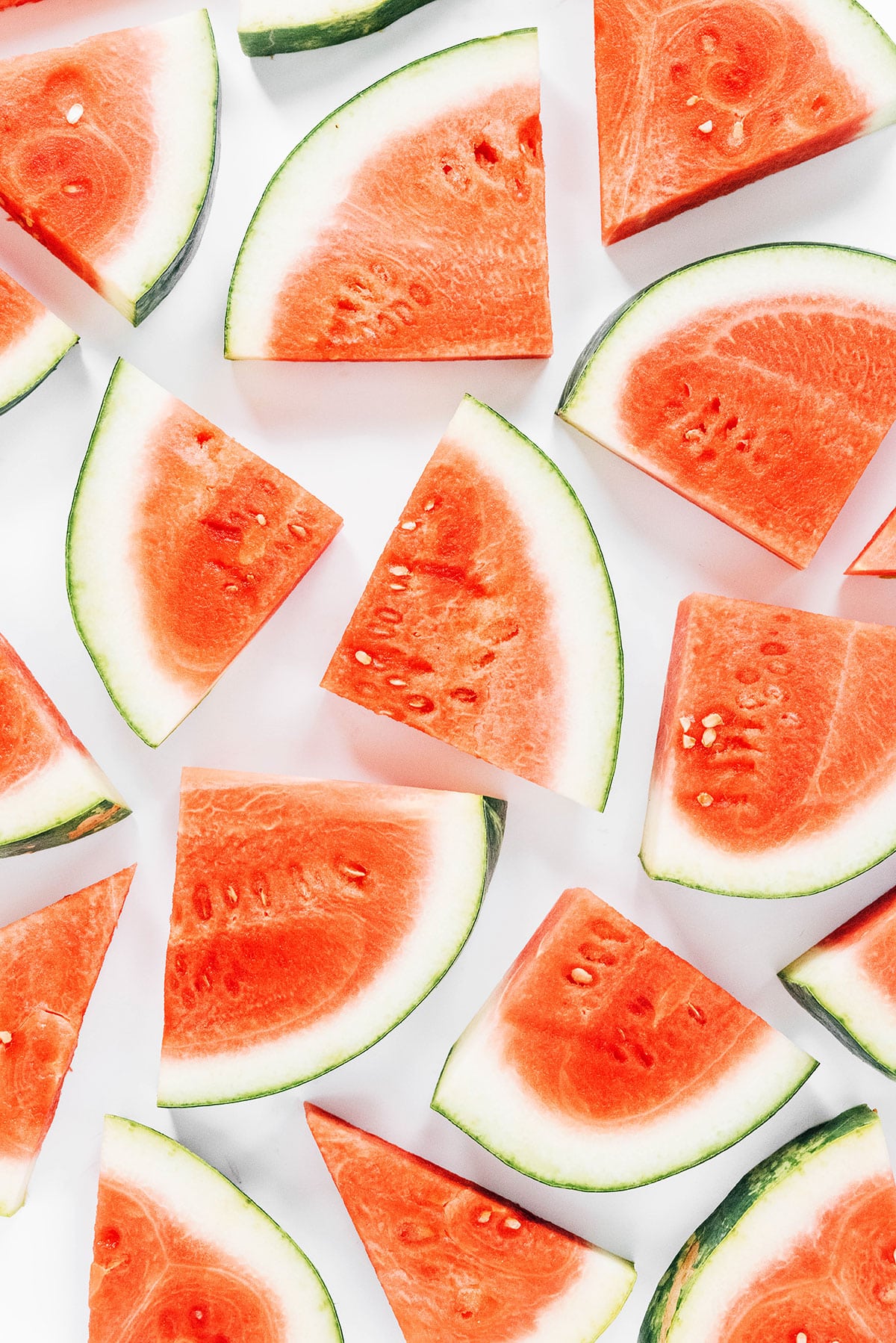
On a per ounce basis, watermelon’s mere 8 calories per ounce is technically the lowest on our list. This is largely because watermelon is 92% water, thus the name.
While watermelon is low in calories, their sugar content is fairly high at 82% of calories coming from sugar. 8 ounces of watermelon, however, provides 32% of the RDA of Vitamin C and 24% of Vitamin A. Give this Pan Seared Watermelon Steak Recipe a try or perhaps a Strawberry Watermelon Rind Smoothie.
Watermelons originated in Southern Africa thousands of years ago, and were eaten by the Ancient Egyptians. They have been popular in much of the world since.
Strawberry – 9 calories per oz
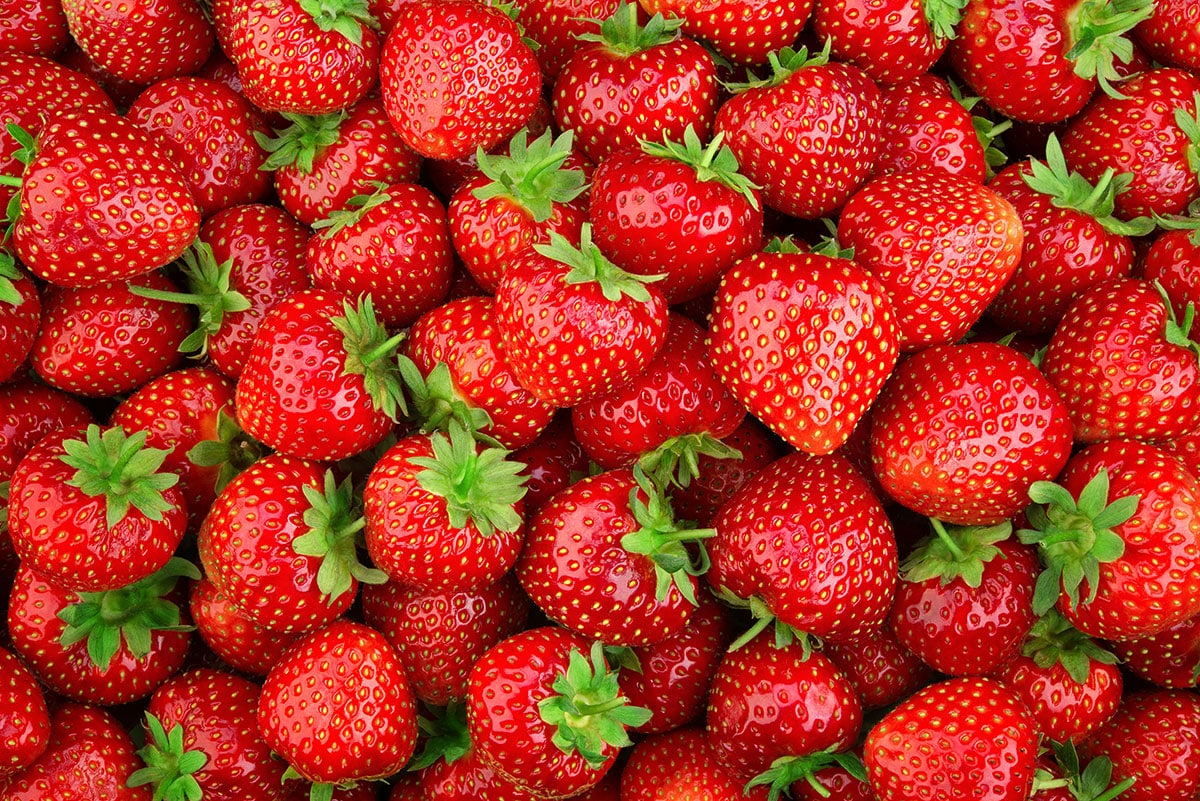
Strawberries are our real favorite for lowest calorie fruit. At 9 calories an ounce, and a comparatively low 62% of the calories coming from sugar, they are champs among low calorie fruits. A mere ½ cup of diced strawberries provides 75% of the RDA of Vitamin C.
Cantaloupe – 10 calories per oz
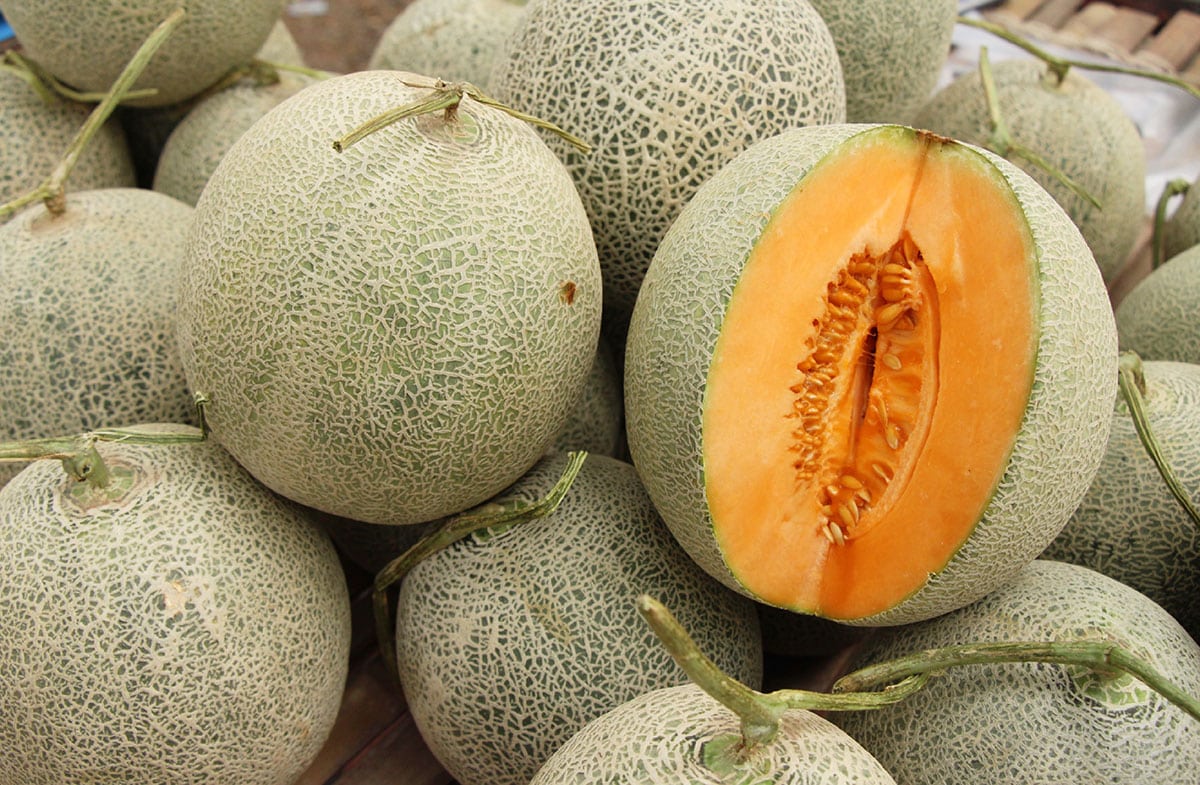
The humble, but ever so delicious, cantaloupe comes in at number 3 among low calorie fruits at only 10 calories per ounce. A small (69g) wedge of cantaloupe only has about 23 calories yet provides 41% of the RDA of Vitamin C and 5% of Potassium. Try it in this Curried Melon Salad!
Papaya – 11 calories per oz
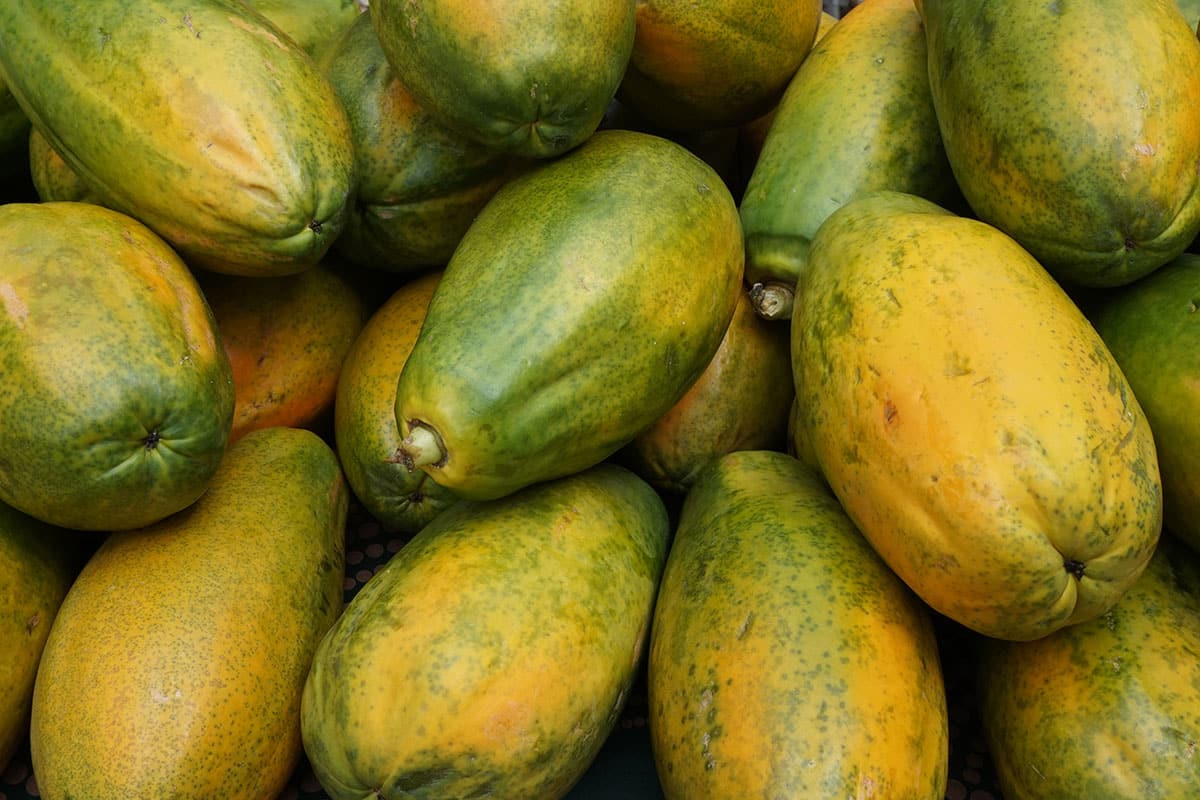
At only 11 calories per ounce and loaded with a variety of vitamins and minerals, papayas are a great addition to your diet. Papayas are native to Central America, but today India is the world’s leading producer.
Peach – 11 calories per oz
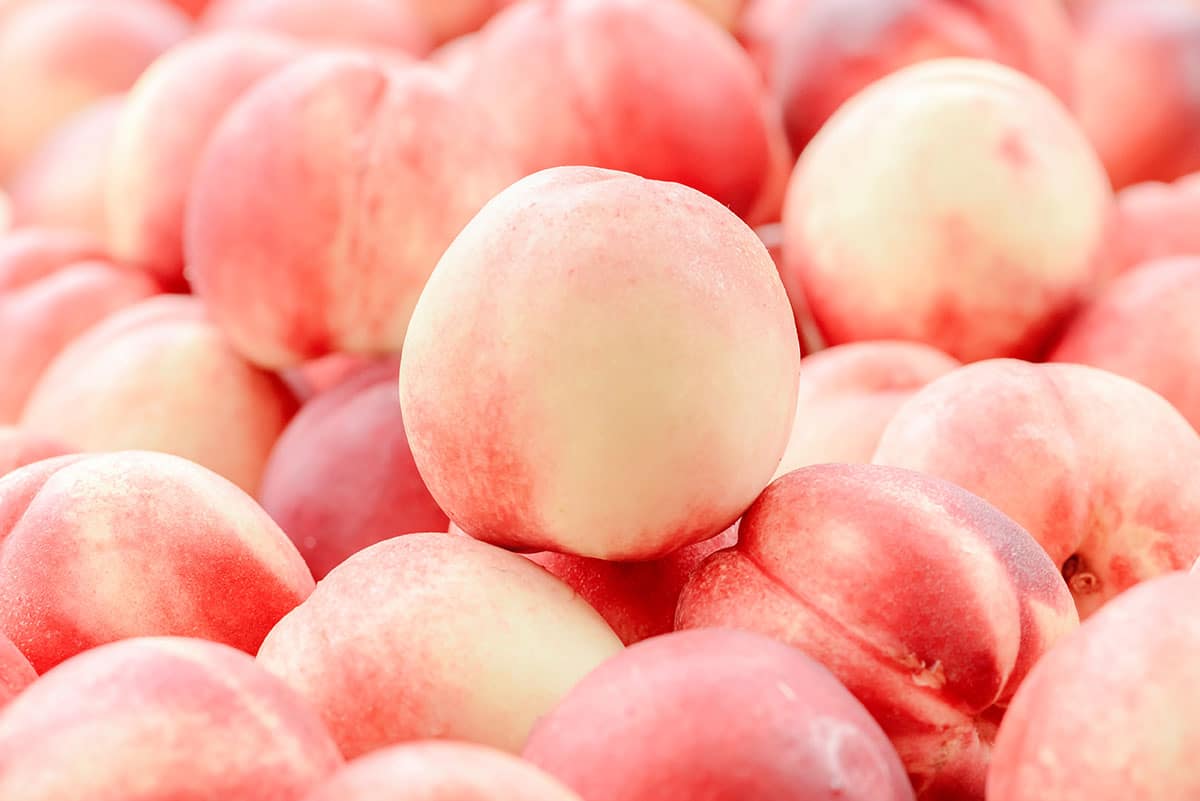
Peaches are flavorful nutrition dynamos. At only 11 calories an ounce, a medium peach only has about 60 calories but provides 11% the RDA of potassium and a bit over 2g of fiber. Like most fruits with an orange flesh, peaches are high in both Vitamin A. and C, and the uses for them are endless.
While these are the lowest calorie fruits, in the Calories in Fruit table below we also rank America’s most popular fruits on a calorie/ounce basis. This makes it easy to compare fruits, but we know you don’t eat these by the ounce. You can scroll further down to find a chart that gives the caloric info for a typical serving size.
Other low calorie fruits
| Fruit | Calories Per Oz | Calories From Sugar |
| Watermelon | 8 | 81% |
| Strawberry | 9 | 62% |
| Cantaloupe | 10 | 93% |
| Papaya | 11 | 62% |
| Peach | 11 | 84% |
| Grapefruit | 12 | 64% |
| Blackberries | 12 | 47% |
| Nectarine | 12 | 72% |
| Cranberries | 13 | 34% |
| Plum | 13 | 87% |
| Orange | 13 | 79% |
| Apricot | 13 | 78% |
| Cherries | 14 | 69% |
| Pineapple | 14 | 80% |
| Apples | 15 | 79% |
| Raspberry | 15 | 33% |
| Tangerine | 15 | 81% |
| Blueberries | 16 | 70% |
| Pear | 16 | 67% |
| Kiwi | 17 | 59% |
| Mango | 18 | 90% |
| Grapes | 19 | 96% |
| Figs | 21 | 89% |
| Banana | 25 | 54% |
High Calorie Fruits
Some of the highest calorie fruits are our favorites! But don’t let that stop you from enjoying them – they’re packed with vitamins and minerals.
Banana – 25 calories per oz
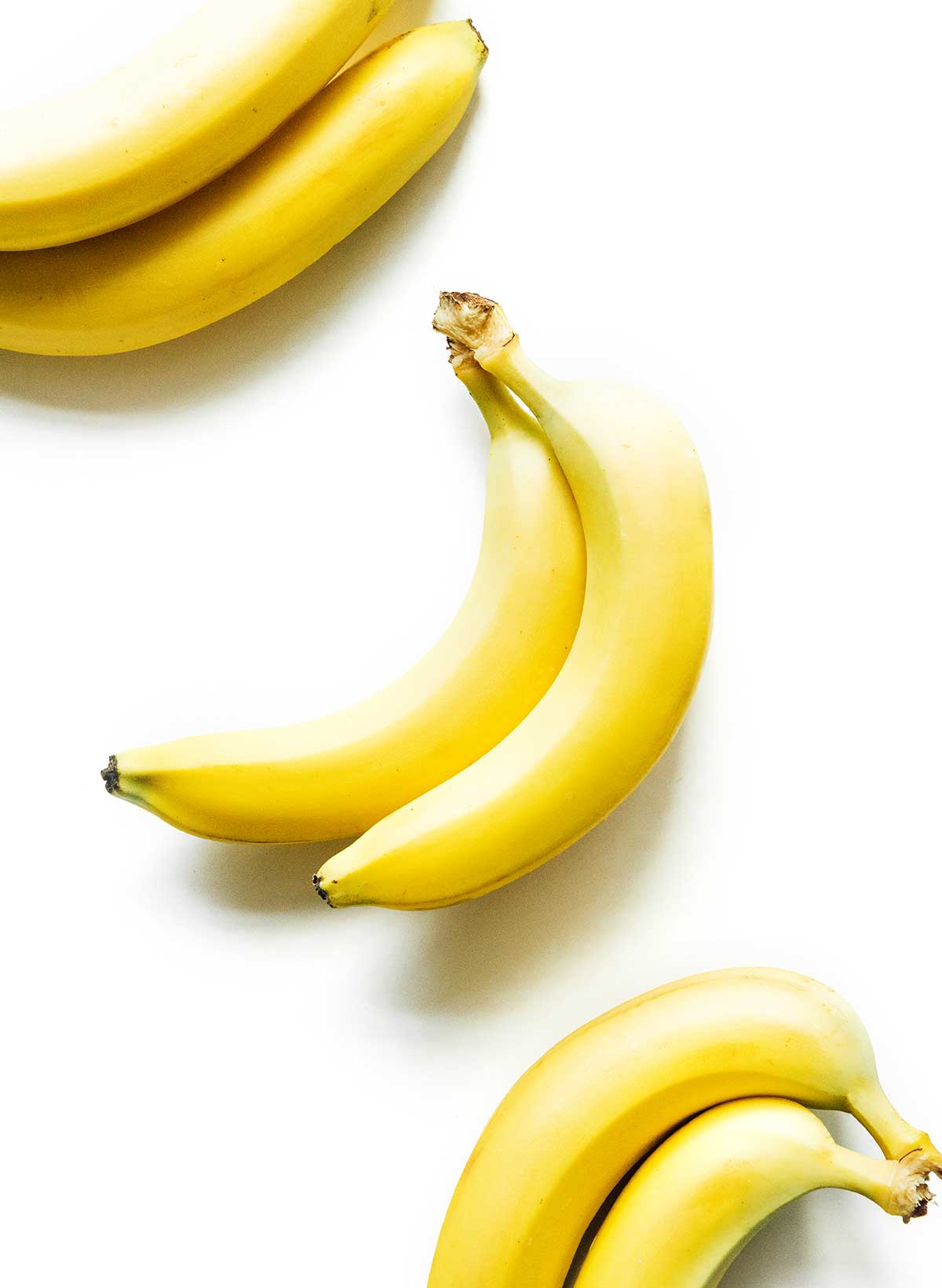
At 25 calories an ounce or 105 calories for a medium (118g) banana, this is a high calorie fruit (though certainly not a high sugar fruit with only 54% of its calories coming from sugar). Bananas are often loaded for their high potassium content. A medium banana contains 442 mg of potassium or about 17% of the RDA for women and 13% for men.
Figs – 21 calories per oz
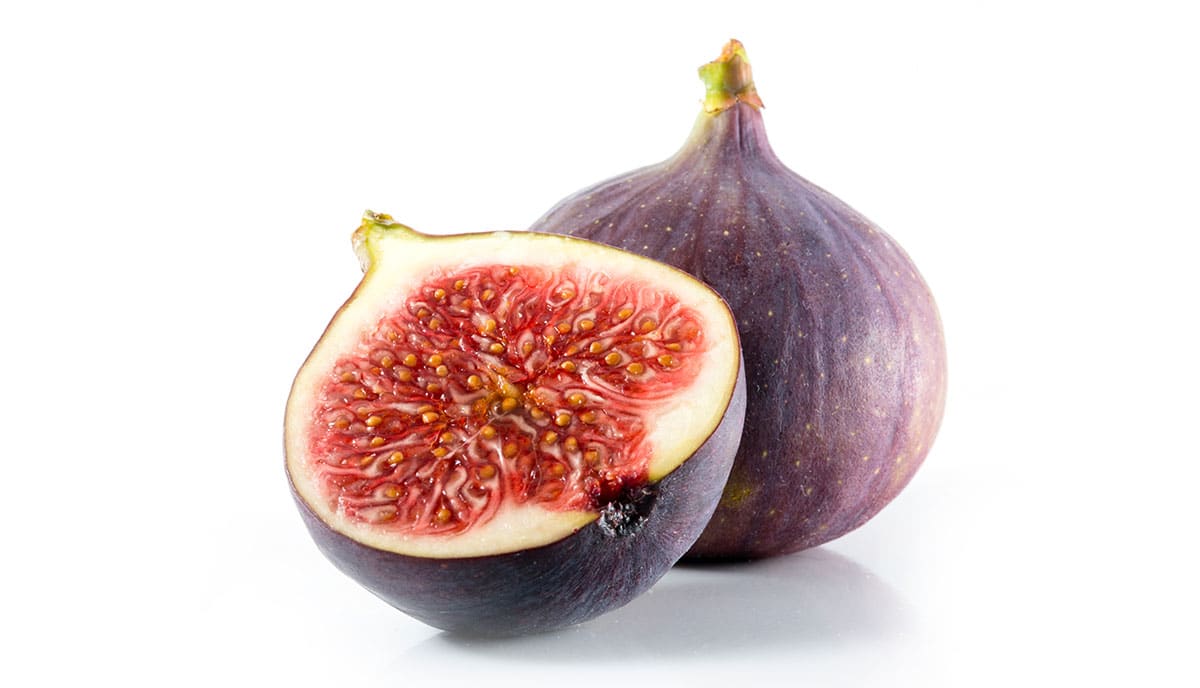
At 21 calories per ounce, figs are definitely on the high side of the caloric scale for fruits. They are, however, a good source of fiber and potassium.
Grapes – 19 calories per oz
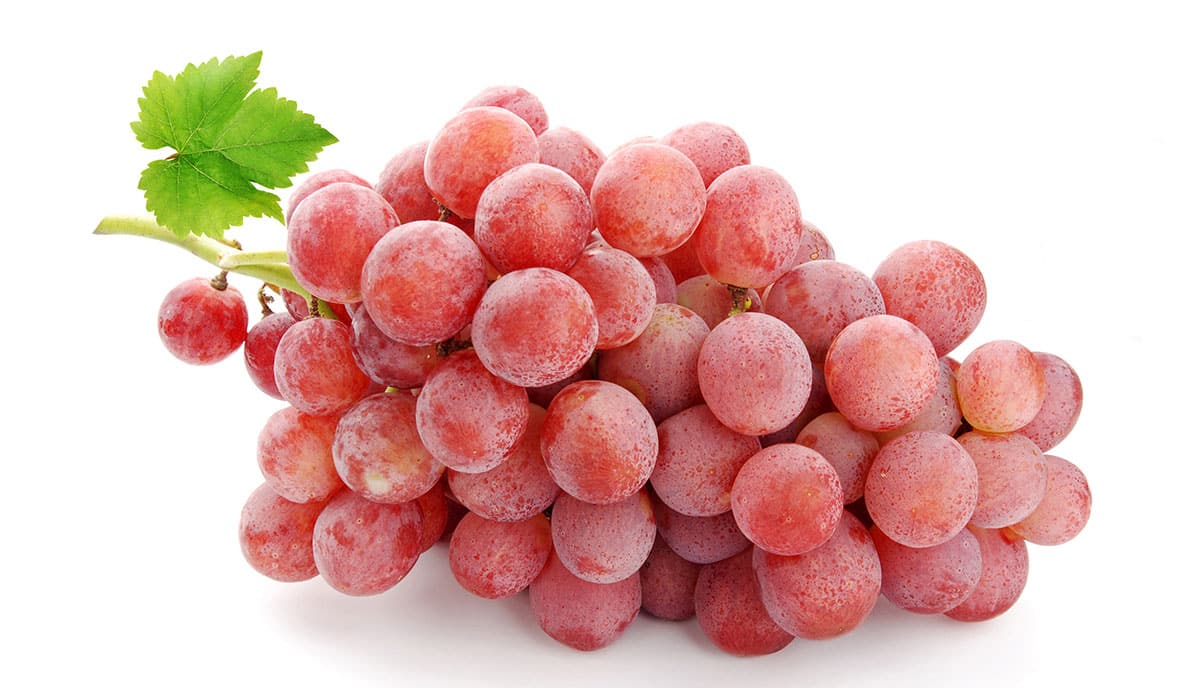
At 19 calories per ounce and 96% of the calories coming from sugar, grapes are a delicious but higher calorie treat. Their high sugar content and the fact that yeast grows naturally on their skins gives them their superpower of producing wine. For a whole lot more on varieties, storage, use, and more check out Grape 101.
Low Fructose Fruits
Fruits tend to be higher in calories than vegetables because they contain more sugar, and about half the sugar in most fruits is fructose. The other half is glucose.
Both forms of sugar have their drawbacks. Unlike glucose, which is processed throughout the whole body, fructose is almost entirely metabolized by the liver. This has risen as a concern in American medicine largely due to the prevalence of high fructose corn syrup’s use as a sweetener in processed food. The amount of fructose found in foods such as sodas is substantially higher than you will get from naturally occurring fructose in fruits.
According to the National Institute of Health, “ingestion of fructose chronically has contributed to multiple health consequences, such as insulin resistance, obesity, liver disorders, and diabetes.”
The University of Penn Medical Center states that “fructose is harmful only in large amounts, and it’s difficult to get excessive amounts of fructose from fruit. For most people, the amount of sugar in fruit is safe to eat. Evidence suggests that fructose can cause harm when consumed in excess. However, there is not enough fructose in fruit to cause concern.”
The Mayo Clinic adds that people who have fructose intolerance should limit high-fructose foods, such as juices, apples, grapes, and watermelon, and replace these with bananas, blueberries, strawberries, and avocados.
Well, that was a lot to digest (bad pun sorry), but let’s look at our favorite fruits ranked based on the lowest percentage of calories coming from sugar. If you’re watching your sugar intake the fruits at the top of this chart might be best for you!
| Fruit | Calories Per Oz | Calories From Sugar |
| Raspberry | 15 | 33% |
| Cranberries | 13 | 34% |
| Blackberries | 12 | 47% |
| Banana | 25 | 54% |
| Kiwi | 17 | 59% |
| Strawberry | 9 | 62% |
| Papaya | 11 | 62% |
| Grapefruit | 12 | 64% |
| Pear | 16 | 67% |
| Cherries | 14 | 69% |
| Blueberries | 16 | 70% |
| Nectarine | 12 | 72% |
| Apricot | 13 | 78% |
| Orange | 13 | 79% |
| Apples | 15 | 79% |
| Pineapple | 14 | 80% |
| Watermelon | 8 | 81% |
| Tangerine | 15 | 81% |
| Peach | 11 | 84% |
| Plum | 13 | 87% |
| Figs | 21 | 89% |
| Mango | 18 | 90% |
| Cantaloupe | 10 | 93% |
| Grapes | 19 | 96% |
You may be more interested in counting grams of sugar, especially if you are on a keto or other low carb diet. This chart presents similar data in a different way simply showing the grams of sugar per ounce of each fruit. We threw in grams of dietary fiber as well as the USDA states that less than 10% of Americans eat the RDA of fiber. If you are looking for High-Fiber Fruits, this should be of use.
Not surprisingly, the fruits ending in “berry” are lowest in sugar and are a great option for healthy eating and to support weight loss.
| Fruit | Sugar (g/oz) | Fiber (g/oz) |
| Cranberries | 1.1 | 1.3 |
| Raspberry | 1.2 | 1.8 |
| Blackberries | 1.4 | 1.5 |
| Strawberry | 1.4 | 0.6 |
| Papaya | 1.7 | 0.5 |
| Watermelon | 1.7 | 0.1 |
| Grapefruit | 1.9 | 0.4 |
| Cantaloupe | 2.2 | 0.3 |
| Nectarine | 2.2 | 0.5 |
| Peach | 2.3 | 0.4 |
| Cherries | 2.4 | 0.4 |
| Kiwi | 2.5 | 0.8 |
| Apricot | 2.6 | 0.6 |
| Orange | 2.6 | 0.7 |
| Pear | 2.7 | 0.9 |
| Blueberries | 2.8 | 0.7 |
| Pineapple | 2.8 | 0.4 |
| Plum | 2.8 | 0.4 |
| Apples | 2.9 | 0.7 |
| Tangerine | 3.0 | 0.5 |
| Banana | 3.4 | 0.7 |
| Mango | 4.1 | 0.5 |
| Grapes | 4.5 | 0.3 |
| Figs | 4.6 | 0.8 |
So far we have presented fruits on a per ounce basis so you can easily compare the calories and sugar of one to others. As most people don’t eat a precise ounce, this table is provided to show the calories as well as grams of carbs, protein, and fat in a typical serving of our favorite fruits. If you are looking for high-protein fruits this will be of assistance.
If you want to learn more about the calories in macronutrients check out our articles on
Macronutrients in Fruits
If you’re watching your macros (short for “macronutrients”), this chart will be helpful for you! The following is the carbohydrate, protein, and fat content (in grams) for a serving of your favorite fruits!
| Fruit | Carb/Prot/Fat (g) |
| Apple (1) | 23/.5/.3 |
| Apricot (1) | 4/.5/.1 |
| Avocado (1/2) | 8/2/14 |
| Banana (1) | 27/1.3/.4 |
| Blackberries (1 cup) | 14/2/.7 |
| Blueberries (1 cup) | 21/1.1/.5 |
| Cantaloupe (1 wedge) | 5/.6/.1 |
| Cherries (1 cup) | 17/1.6/.5 |
| Cranberries (1 cup) | 11/.4/.1 |
| Dates (1) | 16/.4/.1 |
| Grapefruit (1/2) | 12/.9/.2 |
| Grapes (1 cup) | 15/.6/.3 |
| Honeydew (1 cup) | 14/.9/.2 |
| Kiwi (1) | 9/.8/.4 |
| Lemon (1) | 4/.6/.2 |
| Lime (1) | 4/.5/.1 |
| Mandarin (1) | 9/.6/.2 |
| Mango (1/2) | 23/1.4/.7 |
| Nectarine (1) | 14/1.5/.5 |
| Orange (1) | 10/.9/.1 |
| Peach (1) | 13/1.4/.4 |
| Pear (1) | 24/.6/.2 |
| Pineapple (1 cup) | 19/.9/.2 |
| Plum (1) | 7/.5/.2 |
| Pomegranate (1/2 cup) | 14/1.5/1 |
| Raspberries (1 cup) | 15/1.5/.8 |
| Strawberries (1 cup) | 11/1/.5 |
| Watermelon (1 cup) | 10/.9/.2 |
Trivia Answer
Are Grapefruit Keto Friendly? Maybe. USDA data shows ½ a grapefruit contains 12g of carbs. A little grapefruit should fit in a keto diet, but it has to be eaten sparingly.
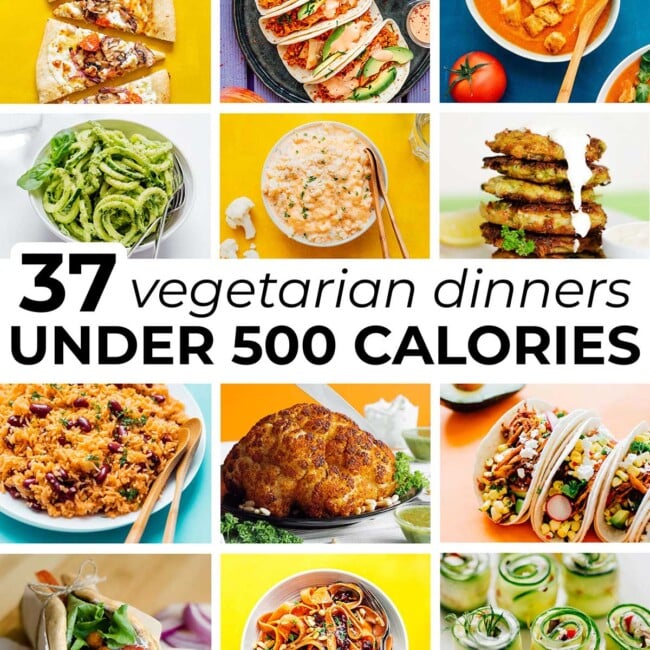
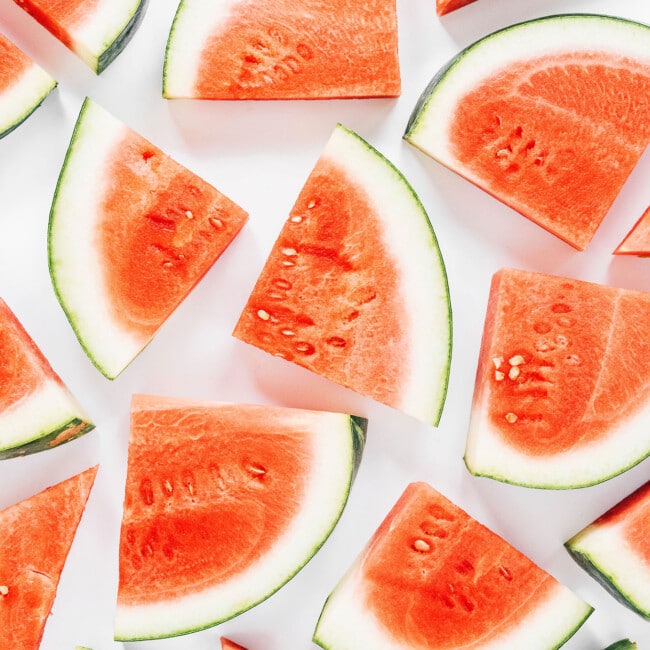
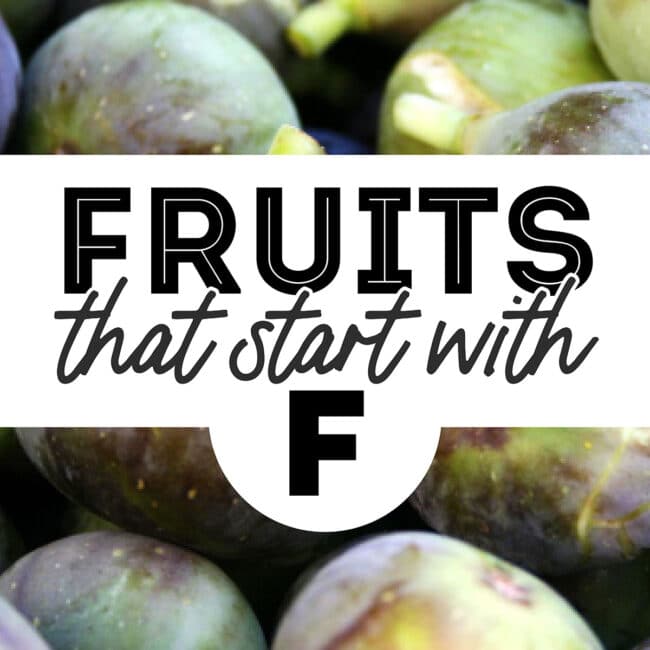
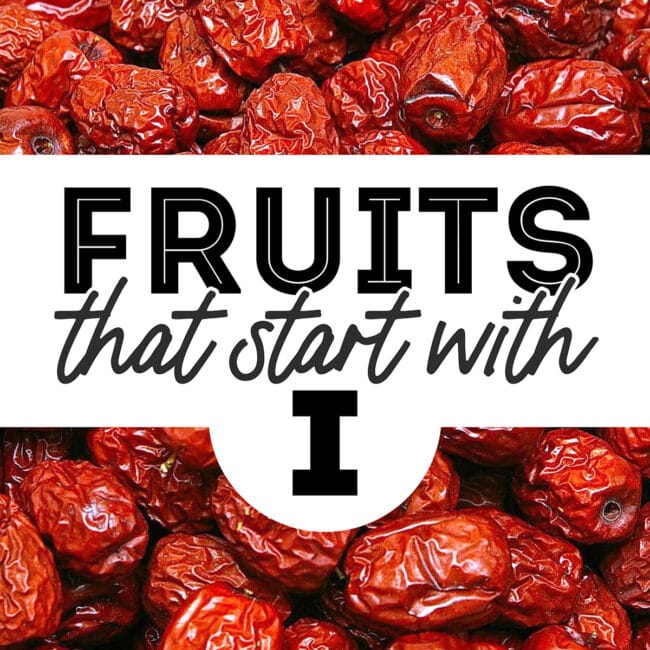
Tj says
I am recently paralyzed and bund to life in a wheelchair. I have been trying to watch my weight and I am seeing that I am gaining a lot of belly fat. I have been watching my overall calorie intake which is low (1200-1500) calories per day. I am eating 1/2 cup of strawberries and 1/2 cup of blackberries combined with low calorie yogurt for protein. I am getting fat quickly. I have cut back on the protein. Is that why. Is my fruit intake and not enough protein causing that fat gain. I am 6’1” and 205 lbs